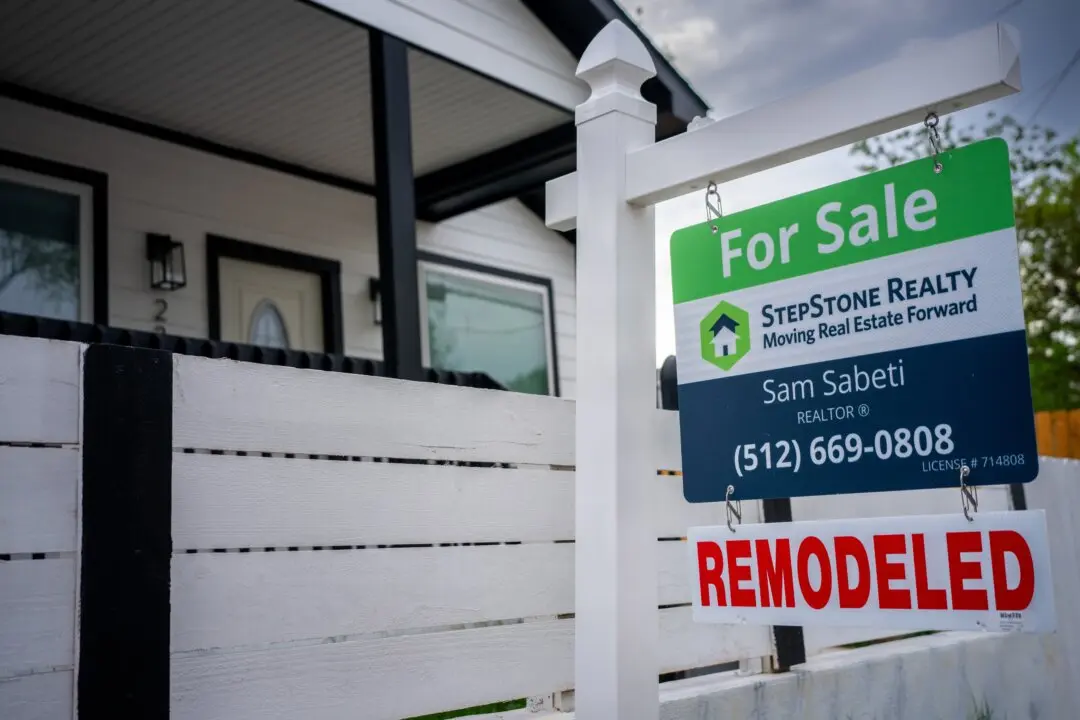Toxins from the rubble of the former World Trade Center continue their poisonous streak even 20 years on, leading to serious ailments and death. It’s not just the first responders who took part in rescue efforts after the terrorist attacks of Sept. 11, 2001; also affected were the tens of thousands of civilians who volunteered to help with the cleanup or returned to work in the downtown area shortly after.
Everyone from security guards to office workers returned to do their jobs following an assurance from the government that the clouded air was safe to breathe. People questioned the assurance, as the air quality was palpably bad. How bad it truly was, though, they realized only after people started getting sick. The government came to recognize dozens of ailments linked to the toxic exposure, including respiratory issues and more than 60 types of cancer.





